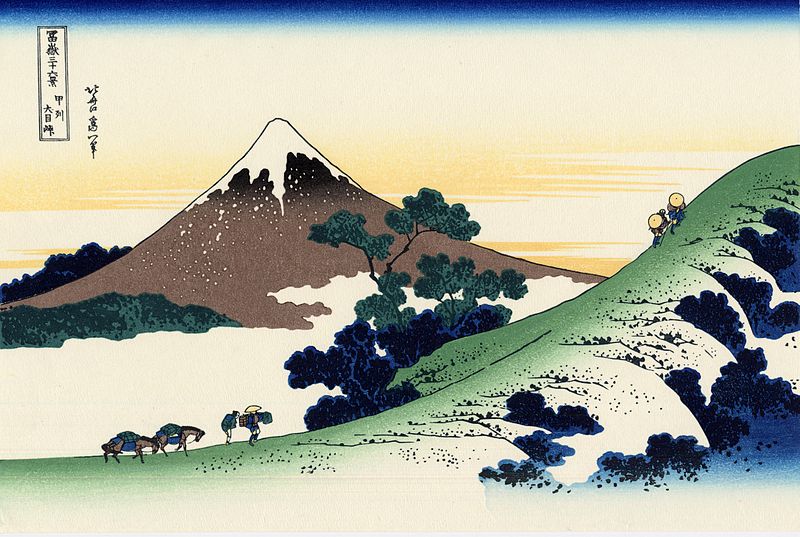Japanese wave arts “Oceans of Wisdom” by Katsushika Hokusai
The Japanese wave arts of “Oceans of Wisdom “(One Thousand Images of the Sea) After the finish of “Thirty-six Views of Mount Fuji” (富嶽三十六景), the star ukiyo-e artist Katsushika Hokusai started the new series of the Japanese wave arts “One Thousand Images of the Sea” (Oceans of Wisdom,千絵の海) in 1833. He had mainly depicted the combination of […]
Japanese wave arts “Oceans of Wisdom” by Katsushika Hokusai Read More »










